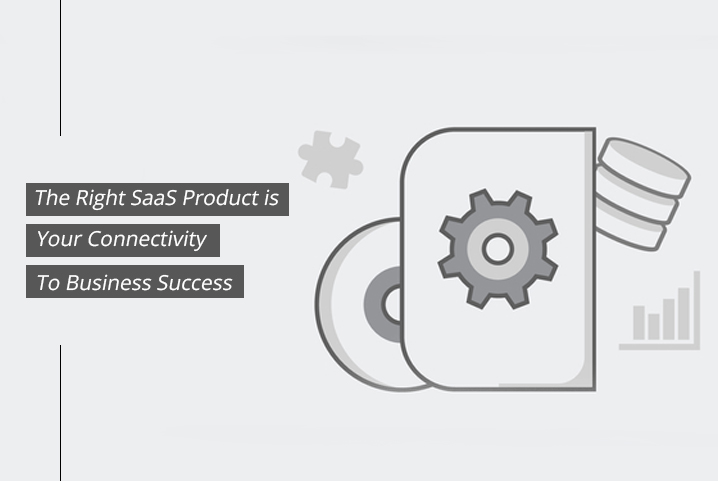
A recent study revealed that enterprises spending on SaaS subscriptions had increased by nearly 20 times in the past 5 years. Furthermore, considering the costs and flexibility advantage that SaaS distribution models (applications on the internet) offer, it is expected that the enterprises’ love for SaaS solutions will only grow stronger with time. However, enterprises must weigh in all information and the subsequent business implications before buying SaaS products. Here are 5 things that every enterprise must consider before signing a SaaS purchase agreement.
1. A Comprehensive Study of the Problem

The first and foremost thing to do when purchasing a SaaS solution is to ask whether or not the SaaS product solves the problem that your business, team, etc. are facing. To do this, it is imperative that enterprises begin with a comprehensive study of the business requirements and identify the problems that require a SaaS solution. Once the problem is well-defined, it becomes easier for enterprises to find the solution that best fits the operational, security, and compliance needs of the enterprise.
2. Get in Touch with Existing Users
While everything may look great on paper, you still can’t ignore the management challenges that may come during solution deployment. The best practice to manage such problems is to ask the vendor for a list of clients who are already using the same or similar solution. By using these references, you can get a fair deal of information about a host of important service delivery factors, including:
- Vendor’s customer service practices.
- Vendor’s technology expertise.
- Ease of doing business with the vendor.
- Incident handling and back up plans.
3. Try First and Buy Later
Some vendors operate on a ‘concept-first’ SaaS delivery model. By paying a minimal fee for implementation alone, enterprises can first test the solution and then decide on making a complete purchase.
4. An Effective Service-Level Agreement

Service level agreements are a must for a robust vendor-client relationship. It creates trust and ensures that the vendor will do everything within its capacity to meet performance levels. The SLA should be business-oriented and promise incremental value to the business. When creating an SLA agreement focus on the following key points:
- The SLA must clearly state each and every agreed performance indicator.
- The SLA must ensure accountability of the vendor during downtime or performance drops.
- The SLA must clearly state compensation policies in case of failure to meet performance goals.
5. Flexibility and Exit Strategy
Business workflows, processes, and needs evolve with time. Further, as a business grows and turns global, it must align with different IT governance practices and policies. Enterprises must look for a SaaS solution that offers the flexibility to accommodate changes in the long term. Also, they must take into account the costs that these changes will incur.
Last but not least, it is equally important to have an exit strategy in case the relationship does not turn out to be fruitful for the business. Discuss and document key service discontinuity points, minimum notice time before exit, data ownership agreement, etc.
Business in the 21st century is all about agility. SaaS solutions enable enterprises to meet and manage their IT workload needs in an agile and cost-effective manner. But planning remains a primary prerequisite for SaaS success. By asking the right questions and making the right considerations, enterprises can ensure consistent SaaS success for the long term. PSI’s custom application development services help enterprises to meet customer expectations. We offer a host of cloud-based software solutions like Salesforce, DevOps, etc.








